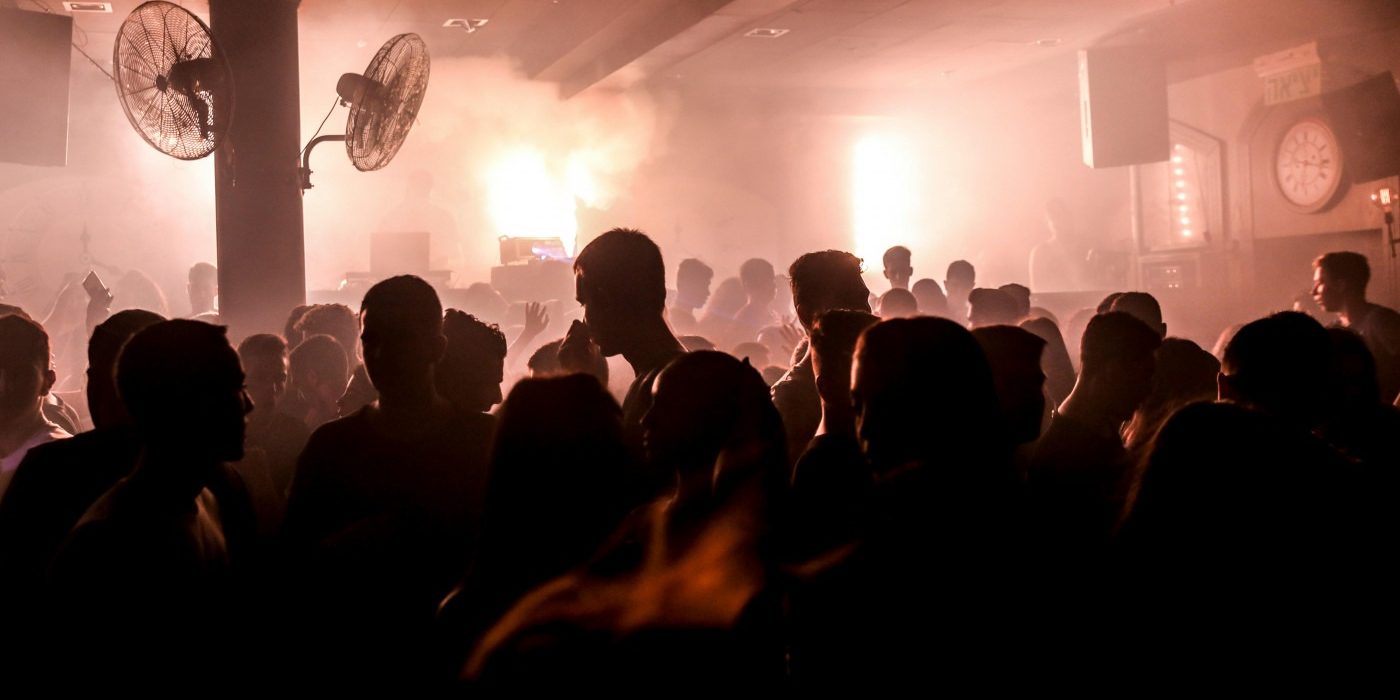Over-capacity: the issue of overcrowding in nightclubs
With clubbing being such a quintessential university activity, it isn’t uncommon to find queues up and down the streets for the most popular places. You can find yourself waiting for over an hour, and when you get inside, it is still absolutely packed – often so busy that you can barely move. Is overcrowding in nightclubs a serious issue? Or is it simply part of a night out?
Overcrowding in clubs is a problem that crops up again and again. BBC Yorkshire reports: “Kuda in York had 1,300 punters inside on 24 November 2017 – more than double its 645 capacity.” This creates an array of issues with safety and enjoyment when clubbing.
it is important to emphasise that the potential financial advantage should never come at the cost of safety
One of the positive aspects of filling nightclubs as much as possible is purely economic: with clubs charging for entry and drinks, more people means more money. The economic benefit also extends beyond the nightclub to other associated costs: people will spend money in their local area which is good for promoting businesses. This stimulates economic growth which is highly needed, especially with businesses emerging from the pandemic. However, it is important to emphasise that the potential financial advantage should never come at the cost of safety.
There are, in fact, many dangers to overcrowding in nightclubs. First and foremost, it can very quickly become a safety issue. When a club is filled to the brim with people, so much so that you can’t move in any direction, everything can easily spiral out of control. Club-goers must hold hands with the people they come with when moving anywhere in the building to avoid getting lost in the vast sea of people. Once you lose your friends in a crowded nightclub, it may be impossible to find them again.
if a fire breaks out in a nightclub, overcrowding can exacerbate this issue as it means that there are more people to evacuate
When these crowds escalate, it can cause potentially fatal incidents. This was highlighted in 2011 when two people were killed in the Lava Ignite Nightclub. Chris Summers, BBC, reported the accident: “Earlier this week a second woman died as a result of a stampede at a nightclub in Northampton. The tragedy has highlighted the dangers of large crowds.”
The article also reported that “fire is considered the biggest danger in most nightclubs.” If a fire breaks out in a nightclub, overcrowding can exacerbate this issue as it means that there are more people to evacuate. Panic can also lead to situations similar to the one above, where a sudden charge of people could cause life-threatening injuries. While Summers writes about the guidelines in place to minimise the risk of fires in clubs, reducing overcrowding would be a way to limit possible consequences.
Besides these practical dangers, it is often a lot less enjoyable to be in an overcrowded nightclub. Waiting for a long time in a packed queue is never fun! It may also make clubbing less accessible for those who are anxious about being in overcrowded places. Crowds are a part of nightclubs and so must be accepted to some extent, but being in a room so full that you can barely move and lacking breathing space can sometimes be claustrophobic and even panic-inducing. This can take the enjoyment right out of clubbing.
Overall, clubbing is a fun activity that is a staple of student life. Overcrowding, though, is a problem that is not to be taken lightly. It can cause deadly accidents and can also worsen the ramifications of fires or other incidents. Besides this, over-crowded clubs just don’t make for a fun night out. A change needs to be made in the way nightclub capacity is dealt with.

Comments